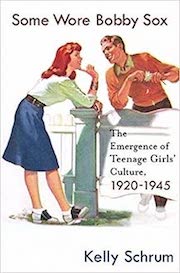Harp
I'll Lock Up
- Messages
- 8,508
- Location
- Chicago, IL US
I am reading an article on Use of Vitamin B12 and B9 ..I found goli gummies very useful to fulfill our body's need for vitamins
Evan Williams is a good source of vitamins and hawks $15 bucks a throw.




